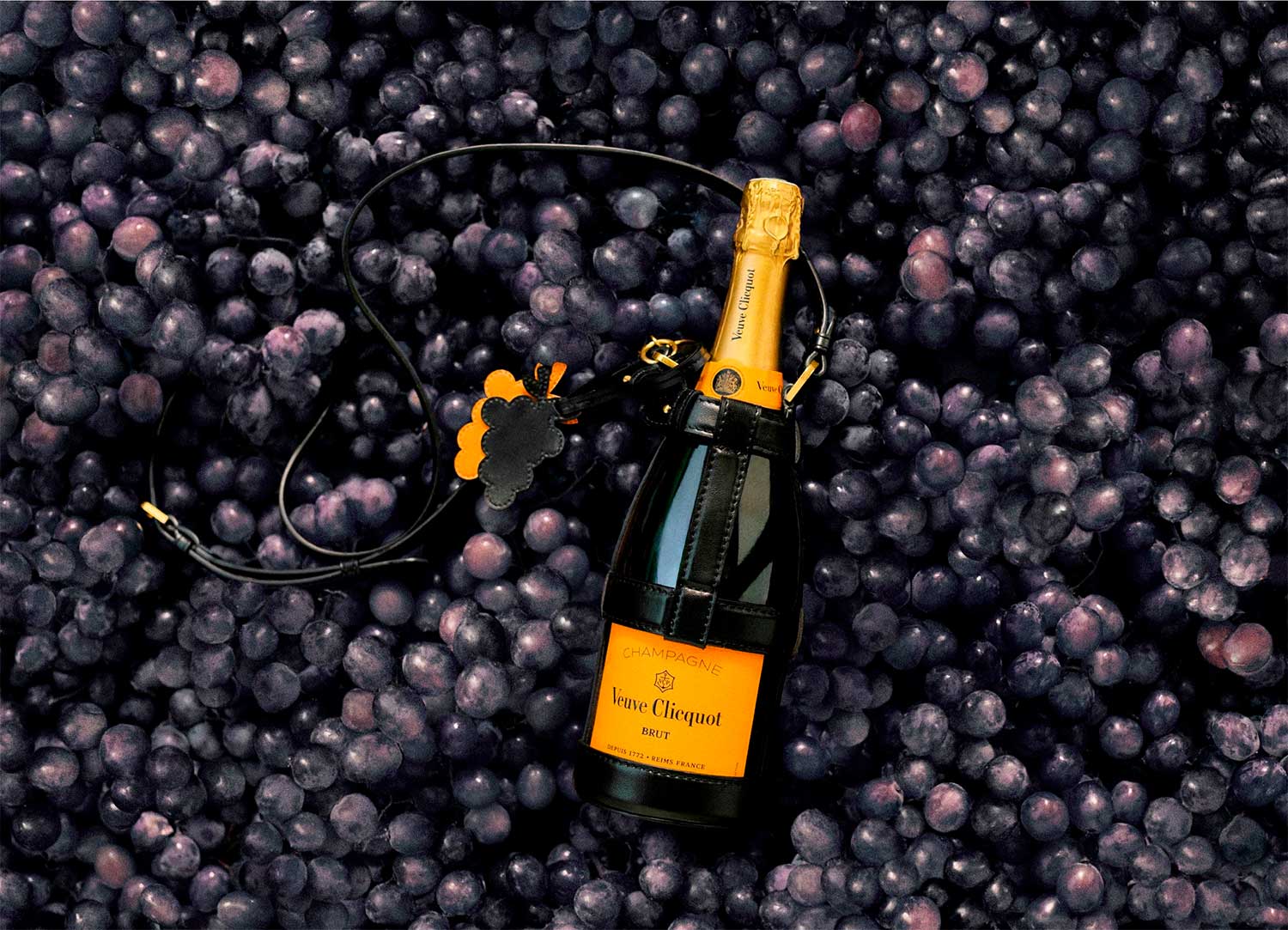Explore the history, wines, and visiting tips of Domaine Veuve Clicquot, a cornerstone of champagne in France.
Located in Reims, the heart of the Champagne region, Domaine Veuve Clicquot stands as a testament to centuries of winemaking excellence. Founded in 1772, this esteemed house has played a pivotal role in shaping the champagne industry. For enthusiasts seeking an authentic experience of tasting champagne in France, a visit to Veuve Clicquot offers a blend of rich history and exceptional wines.
History of Domaine Veuve Clicquot
Domaine Veuve Clicquot was founded in 1772 by Philippe Clicquot, a banker and textile merchant who saw potential in champagne as a luxury product. His son François took over the business but died prematurely in 1805, leaving his widow, Barbe-Nicole Ponsardin, in charge. At just 27 years old, she defied the social expectations of the time and assumed full control of the house.
Madame Clicquot demonstrated strategic vision and technical ingenuity. In 1810, she launched the first recorded vintage champagne—an unusual move at the time, as most champagnes were non-vintage blends. Her most significant innovation came in 1816 with the invention of the “table de remuage” or riddling table. This process involved gradually rotating and tilting the bottles to collect sediment in the neck, allowing for cleaner, clearer champagne after disgorgement. This method is still used, either manually or mechanically, in traditional champagne production today.
In 1818, she created the first blended rosé champagne by adding red wine to white, bypassing the maceration process and setting a precedent that became widely adopted. With a sharp commercial sense, she expanded distribution across Europe despite the Napoleonic Wars. Her persistence opened major markets, especially in Russia, where Veuve Clicquot gained popularity with the aristocracy.
By the time she died in 1866, the house had not only survived but had become a benchmark in the champagne industry. Known for her discipline and technical advancements, Madame Clicquot left a lasting imprint on the craft and commercial model of champagne production. Today, she is regarded as one of the key figures in the history of wine, having transformed a regional product into an international standard of refinement and reliability.
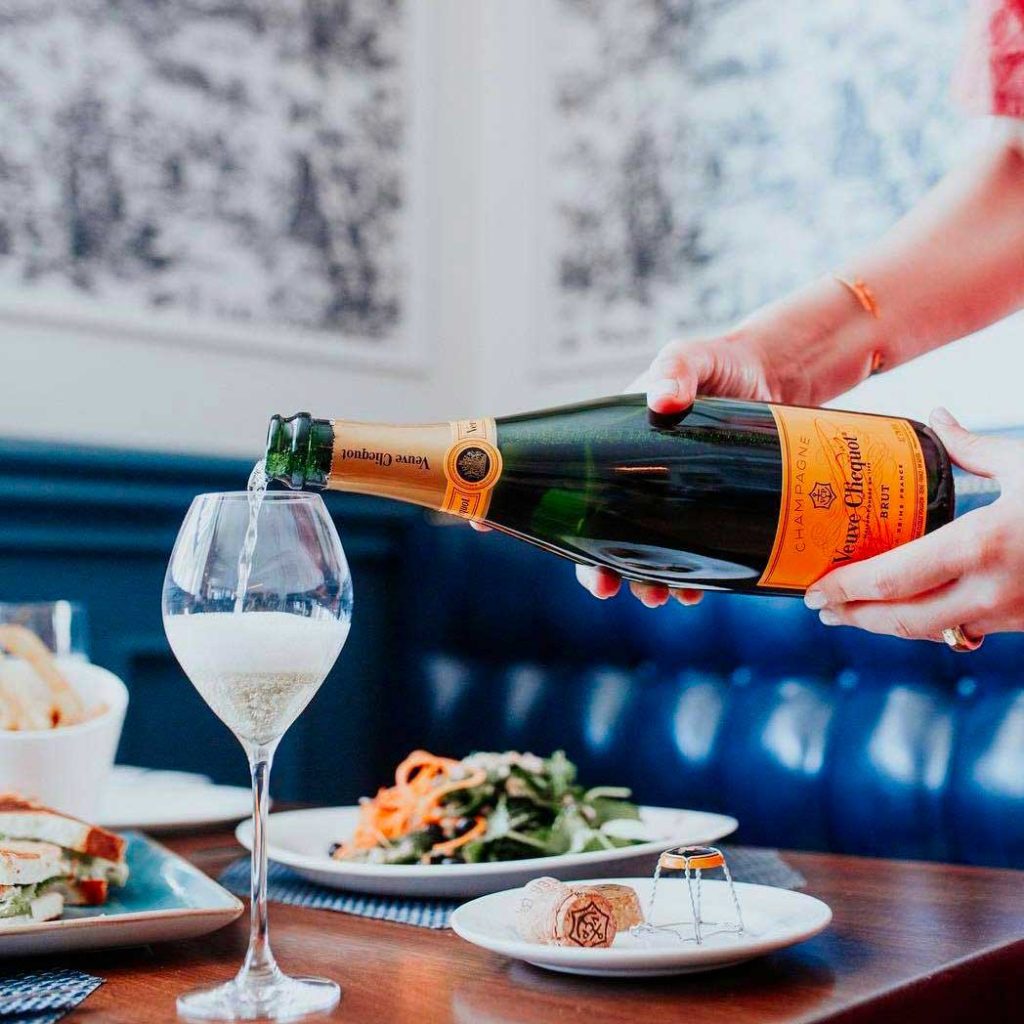
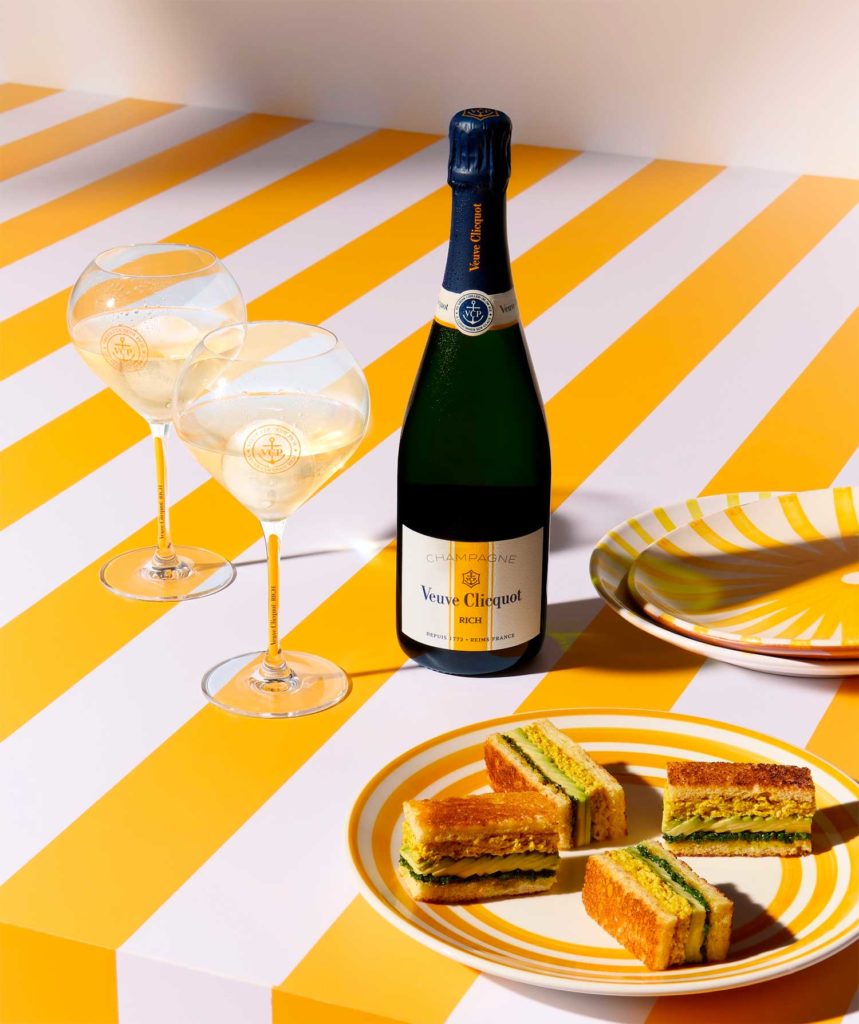
Wine Production at Veuve Clicquot
Domaine Veuve Clicquot cultivates approximately 390 hectares of vineyards, a significant surface by Champagne standards. These vineyards are located across the Montagne de Reims, Côte des Blancs, and Vallée de la Marne, three sub-regions known for producing grapes of high quality. The varietal distribution reflects a deliberate stylistic choice: 47% Chardonnay for finesse and acidity, 36% Pinot Noir for structure and intensity, and 17% Meunier for fruitiness and roundness. Importantly, around 95% of the estate’s vineyards are classified as either Grand Cru or Premier Cru, which attests to the exceptional pedigree of the terroirs used in production.
The house’s signature wine, Brut Yellow Label, is built around Pinot Noir, which typically represents over 50% of the blend. It is balanced by Chardonnay and Meunier, and includes a high proportion—up to 45%—of reserve wines. These reserve wines, some of which are aged for several decades in stainless steel vats, contribute depth, aromatic complexity, and consistency from year to year. The final blend is matured on lees for at least 30 months—far beyond the 15-month legal minimum—allowing autolytic aromas of brioche and dried fruit to develop.
The winery’s offerings extend beyond its Brut Yellow Label. Its prestige cuvée, La Grande Dame, is a Pinot Noir-dominant vintage champagne sourced from the house’s eight historic Grands Crus. Other expressions include Extra Brut Extra Old, based exclusively on reserve wines, and the Veuve Clicquot Rich cuvée, a sweeter champagne developed for mixology.
Each wine is produced at the house’s historic cellars in Reims using the méthode traditionnelle. For those tasting champagne in France, the diversity and precision of the Veuve Clicquot range highlight both the legacy of the maison and its ability to adapt to contemporary tastes without compromising identity.
Distinctive Qualities of Veuve Clicquot Champagnes
Veuve Clicquot champagnes are shaped by a house style that prioritizes structure and depth. This is largely due to the high proportion of Pinot Noir used across its blends, particularly in the Brut Yellow Label, where Pinot Noir often accounts for more than half of the assemblage. The result is a champagne with a firm backbone, capable of aging, while retaining a freshness supported by Chardonnay and a softer fruit component from Meunier.
The Brut Yellow Label is the most widely available expression and illustrates the brand’s ability to maintain consistency despite being a non-vintage champagne. The wine combines fresh citrus and stone fruit notes with more developed aromas of brioche and hazelnut, thanks to extended aging on lees. It is accessible but layered, appealing to both casual consumers and those with more experienced palates.
At the other end of the spectrum, the La Grande Dame cuvée represents the house’s most refined offering. First produced in 1972 to honour Madame Clicquot, this vintage champagne is made predominantly from Grand Cru Pinot Noir. The 2018 vintage shows tension, chalky minerality, and citrus-driven sharpness. The 2015 Rosé version adds red berry aromatics and a spiced finish. These wines are priced from €350 to €700, reflecting both the cost of production and their ageing potential.
Still, the global scale of Veuve Clicquot’s operations has led to critical scrutiny. Some sommeliers and wine merchants argue that the popularity of the brand has encouraged overproduction, occasionally at the expense of finesse. This concern particularly applies to entry-level offerings in non-specialist retail channels. For consumers serious about champagne in France, careful selection from within the range is advisable, favouring vintage releases and cuvées that reflect terroir and cellar aging rather than market demand.
Recommendations: Cellaring vs. Immediate Consumption
Veuve Clicquot’s portfolio offers clear distinctions between wines meant for aging and those crafted for immediate drinking. For collectors, certain cuvées represent sound long-term investments, both in terms of sensory evolution and value retention.
The La Grande Dame series is the most suitable for cellaring. Vintages such as 2008 and 2018, composed primarily of Pinot Noir from Grand Cru vineyards, are structured, mineral-driven champagnes that develop slowly. The 2008 in particular is marked by high acidity and precision, offering excellent potential for aging over 15 to 20 years under proper conditions. With time, these wines acquire deeper tertiary notes—such as dried fruit, roasted nuts, and earthy nuances—that enhance their complexity without losing balance.
On the other hand, Veuve Clicquot’s Brut Yellow Label is engineered for reliability and accessibility. It is a non-vintage wine that incorporates a substantial portion of reserve wines to ensure a consistent taste profile across batches. While it can age for several years, its primary appeal lies in its immediate drinkability. It offers fresh fruit, subtle toastiness, and moderate acidity—traits that make it well-suited for informal meals or aperitifs.
The Rich cuvée, a newer addition to the lineup, is specifically crafted for contemporary palates. Slightly sweeter than the Brut, it is marketed with serving recommendations that include ice and fruit garnishes. It is not a wine built for aging but for versatility and immediate enjoyment in warmer settings or as a base for casual experimentation.
For those interested in tasting champagne in France, selecting between these expressions depends on intent: cellaring requires patience and controlled storage, while immediate consumption offers instant access to the house’s signature style. Understanding these distinctions helps avoid mismatched expectations and ensures a more rewarding champagne experience.
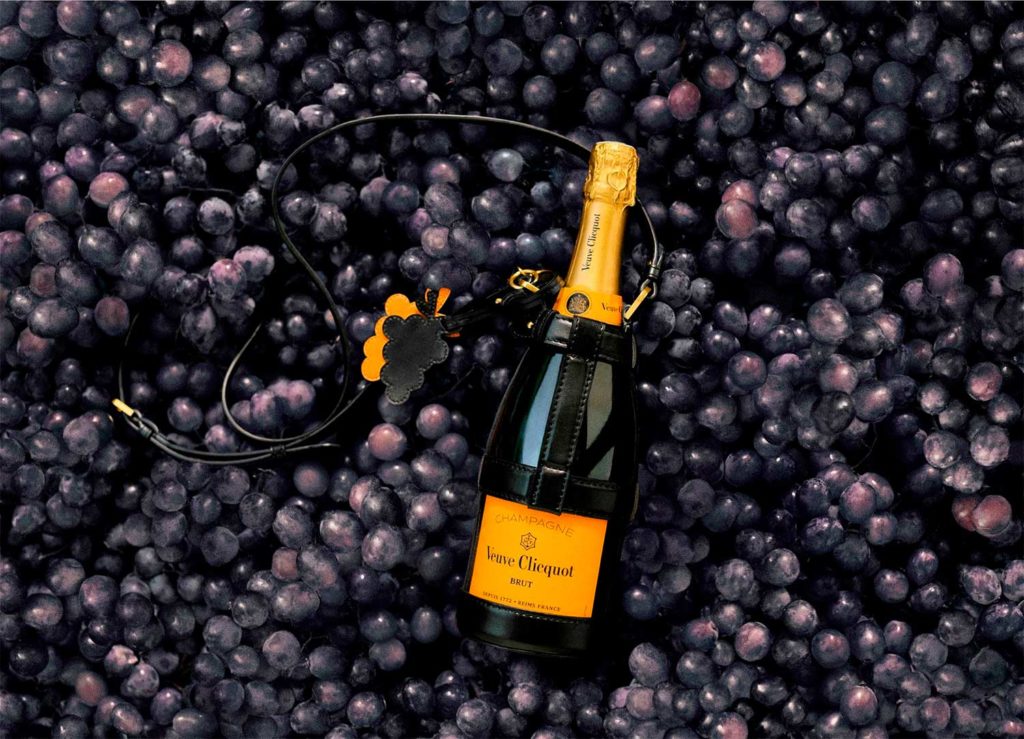
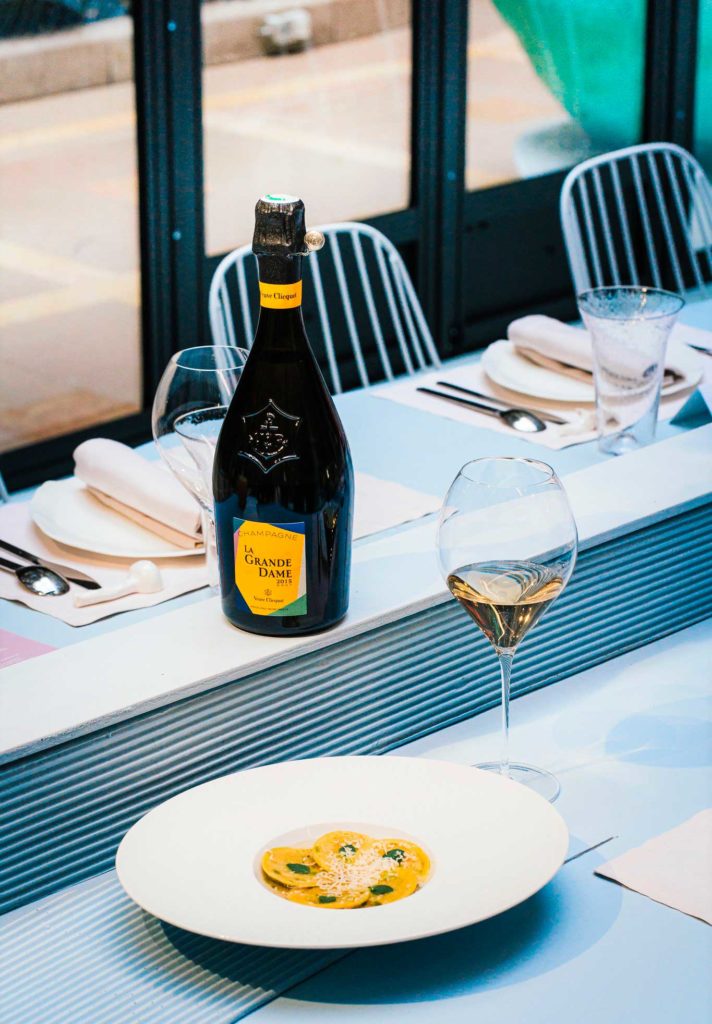
Visiting Domaine Veuve Clicquot
Located in Reims, Domaine Veuve Clicquot welcomes visitors to explore its historic cellars, carved into ancient chalk quarries known as “crayères.” These cellars provide the ideal environment for aging champagne, maintaining a constant temperature and humidity.
Tours are available by appointment, ranging from €36 to €160, depending on the experience. Options include guided walks through the cellars, tastings of various cuvées, and educational sessions on the house’s history and production methods. For those keen on tasting champagne in France, this offers an immersive experience into the world of Veuve Clicquot.
Practical Tips for Travelers
- Booking: It’s advisable to reserve tours in advance, especially during peak seasons.
- Transportation: Reims is accessible via train from Paris, with the journey taking approximately 45 minutes. Once in Reims, local transportation or taxis can facilitate travel to the estate.
- Attire: Given the cool temperatures of the cellars, bringing a light jacket is recommended.
- Local Attractions: While in Reims, consider visiting the Notre-Dame de Reims Cathedral and the Palace of Tau, both UNESCO World Heritage sites, to enrich your cultural experience.
For those passionate about champagne in France, a visit to Domaine Veuve Clicquot offers both historical insight and a chance to savor some of the region’s finest offerings.
XperienceFrance is your travel specialist in France.
